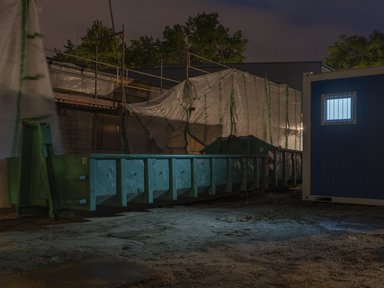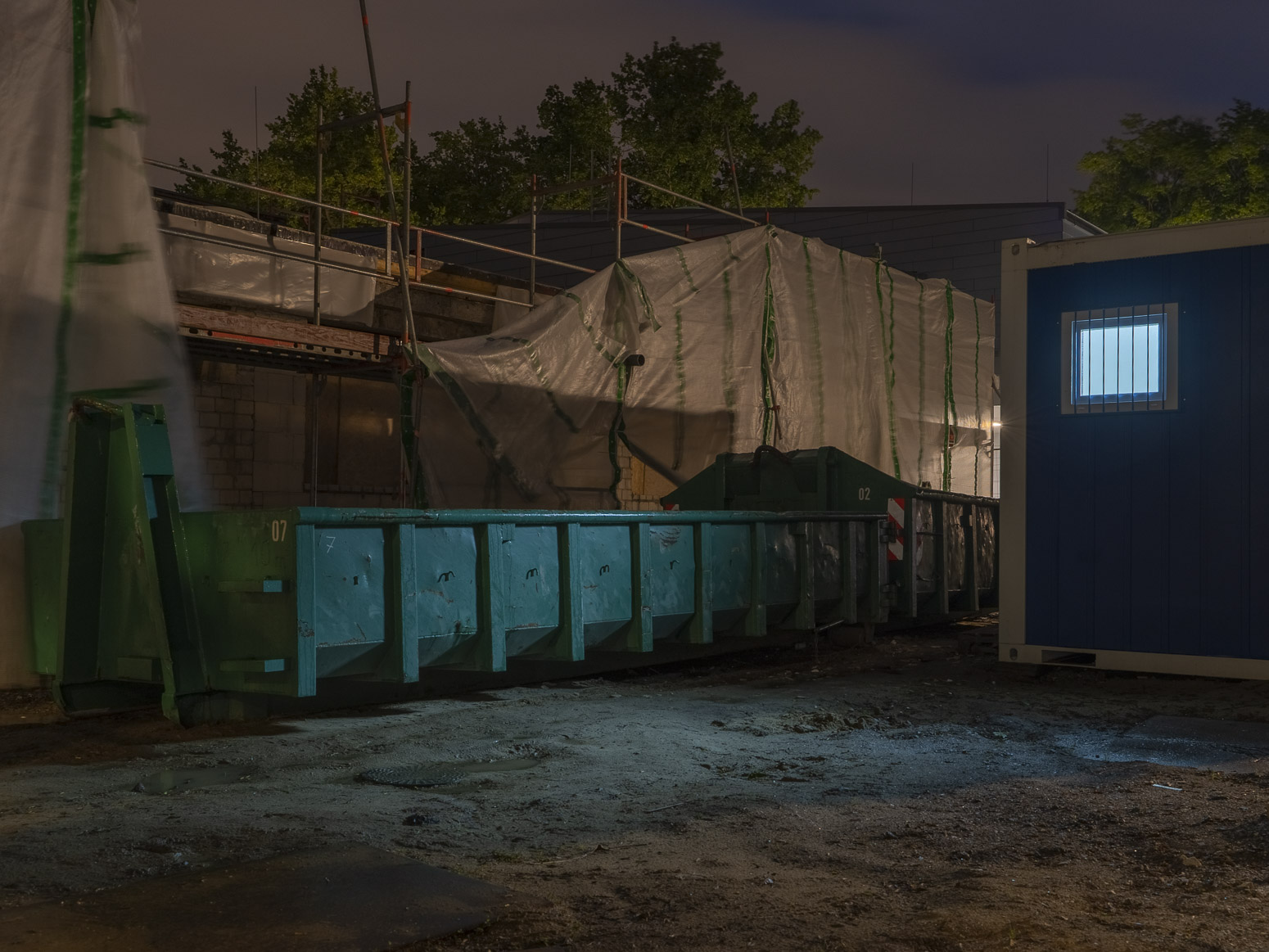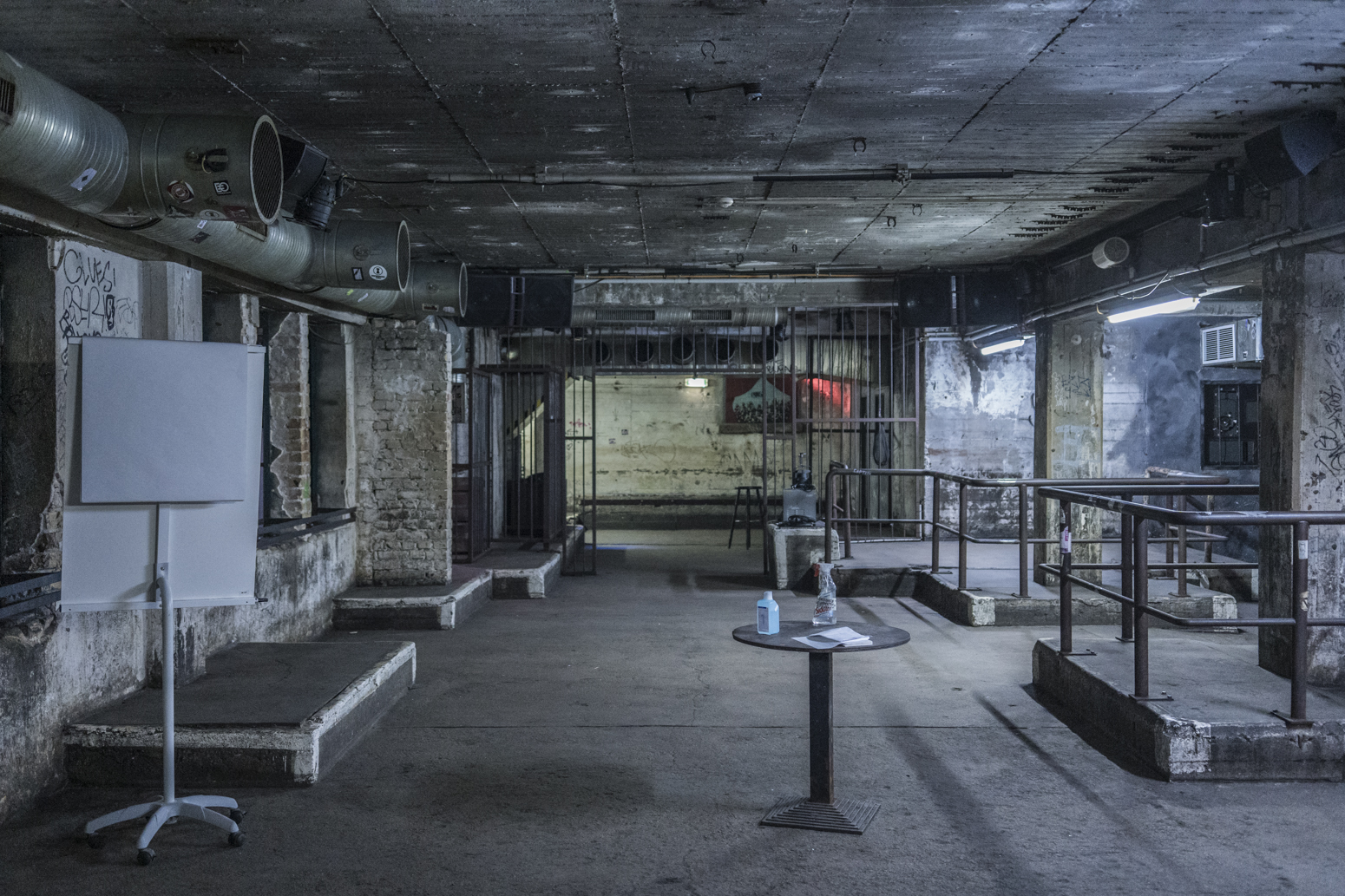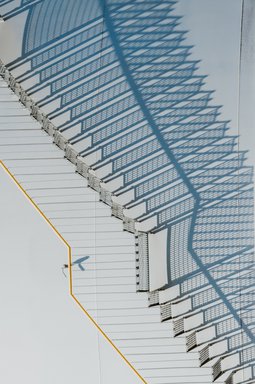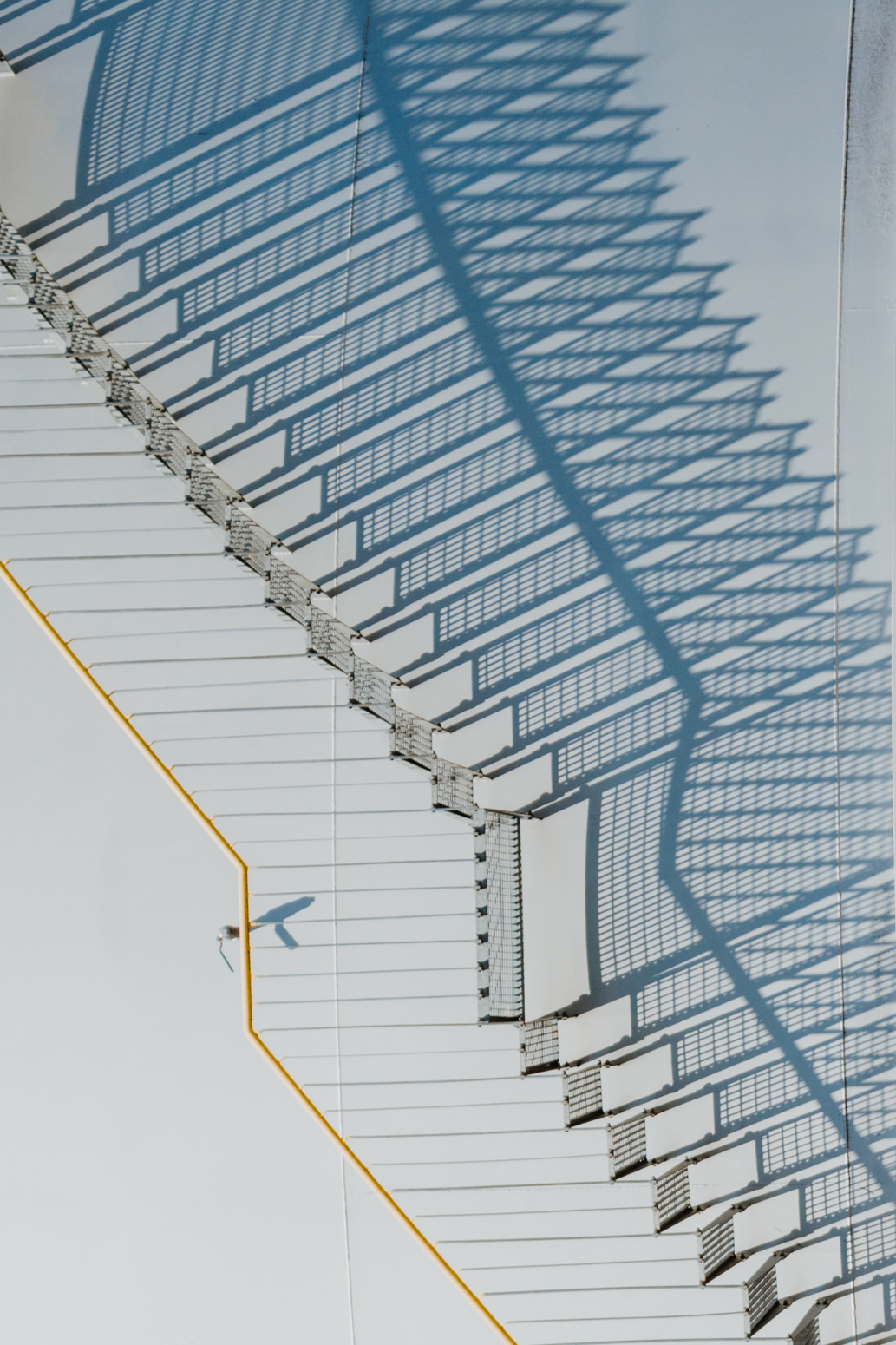Hannah Lowitz | Maybe the night is a place
Hannah Lowitz | Maybe the night is a place
'It's a strangely rapturous feeling I experience here. At night. For the camera it is an interplay of light conditions - the celestial bodies, the glow of street lamps and neon lights. Our eye gets used to it, the camera doesn't. Is this feeling reproducible? Are these places reproducible? Or do they have to be found? At least they exist. But only at night.'
Format:
Photo / Video

